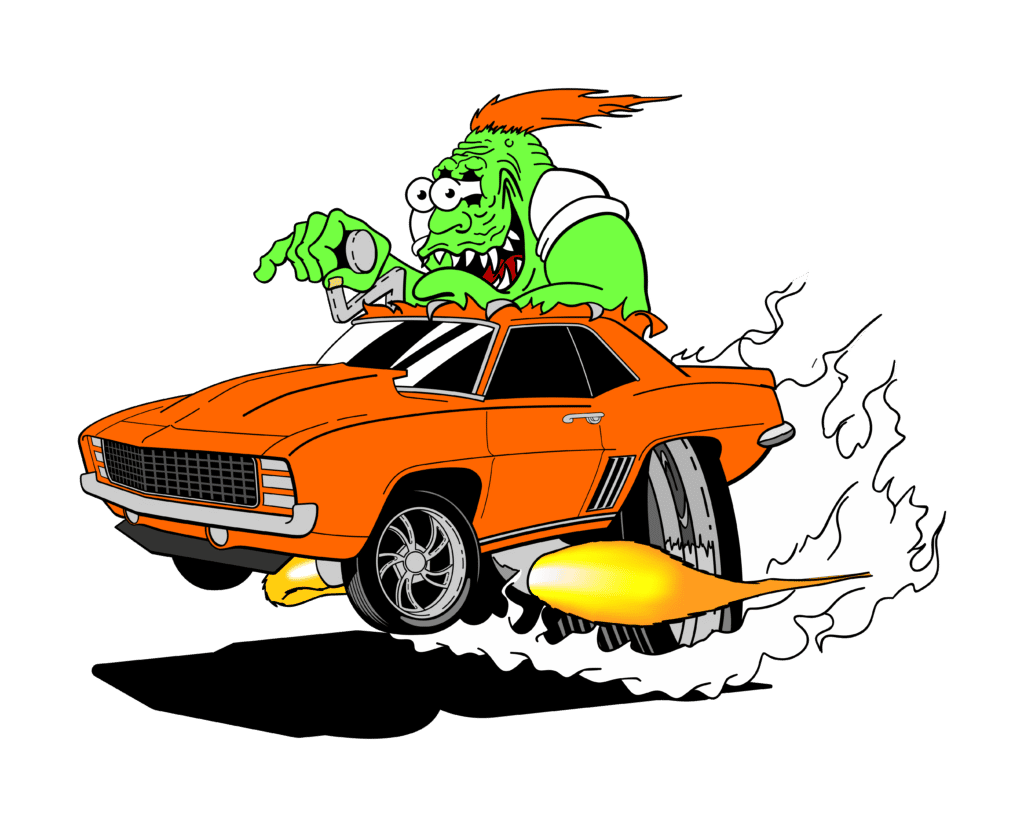
1969 Chevrolet Camaro Fiberglass Body
1969 Chevrolet Camaro Fiberglass Body. Build your dream Camaro, Pro Street, Pro Touring or the car you remember from your High School days.
We are currently in the process of finalizing moulds to begin production. Bodies and Chassis will be available late December 2021. Contact us for pricing and lead times.
Plug/Mould Building Process
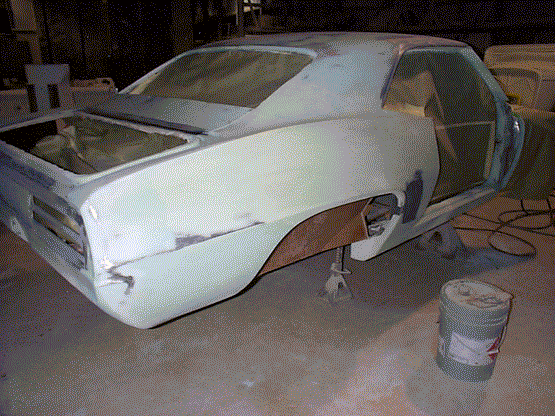
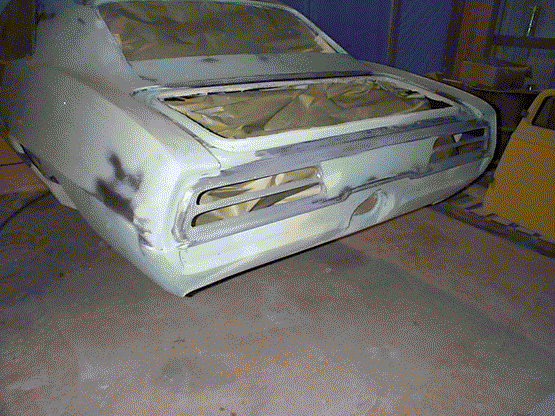
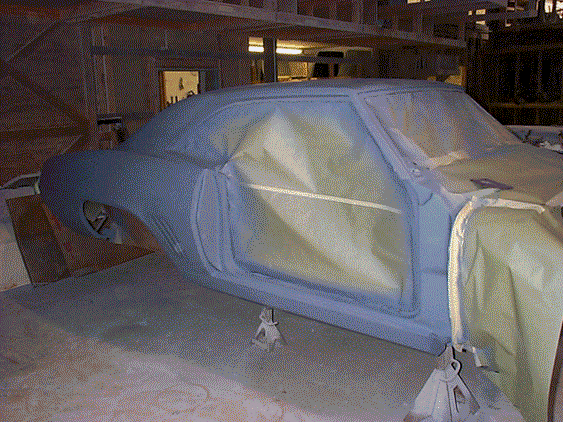
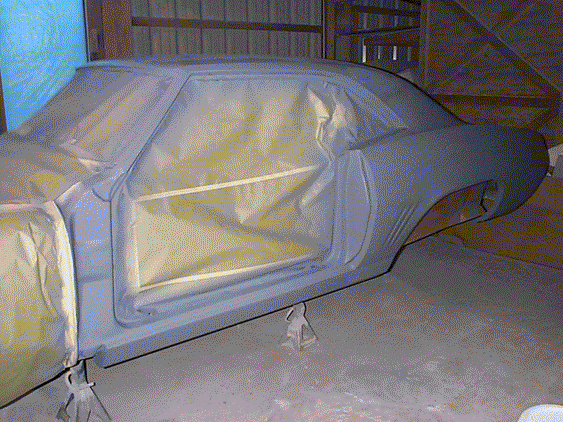
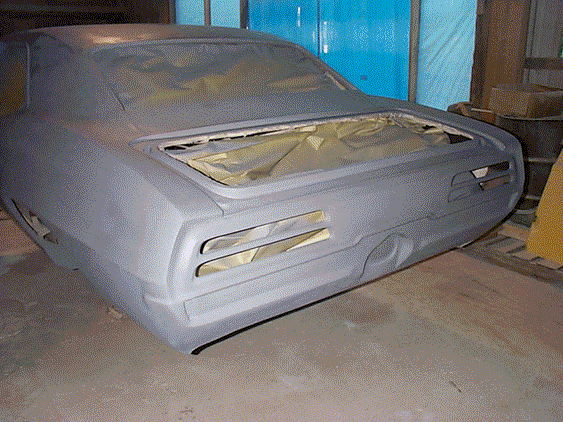
Steel 1969 Chevrolet Camaro Body
vs
1969 Chevrolet Camaro Fiberglass Body
There will always be a certain percentage of car buffs that will argue their point of Real Steel is better than Fiberglass. As a Fiberglass Car Bodies Manufacturer with over 2 decades in the business, we have heard this argument countless times. While our background is mostly 1932 Ford Hot Rod Bodies, our point of view still applies to a Fiberglass Muscle Car Body. If steel is your preference, there are still a few Muscle Car Projects out there. If you are looking for a package that is designed to work together, then you might consider a Fiberglass Muscle Car/Chassis. Outlined below are a few things to consider, whichever way you decide that works best for you.
Rust Removal, Minor or Re-Skin
Unless you luck up on a true barn find which was nestled safely out of the elements it probably will have rust issues. In the best case it will be only minor with a little rust showing on the quarters above and behind the rear wheel openings. Maybe even a little on the front fenders, down low behind the front wheel openings. Usually worse on the passenger side as more water, ice and snow always tend to gather on the side of the road.
Now the worse case, a re-skin will be needed. Hope for only the easy parts that un-bolt, such as front fenders, doors, hood and decklid. Be prepared though you may have to go deeper to include replacing quarter panels, outer wheel tubs and maybe even a roof skin. These are mostly exterior but don’t stop now, pull the carpet and check that floor. It doesn’t take but a few time leaving down the door glasses, once the carpet gets wet then the real damage is set in motion.
Once Re-Skinned, now fabrications begins.
Once you have rust removal behind you. Done the work or paid the price, now you can focus on making those body modifications that you may need. Maybe a little wider tire? Will a mini tube do the job? Will it take a full back half rear suspension? Unfortunately having a back seat doesn’t leave much room for a wide tire.
Small Block, Big Block or LS
GM designers made room for both small block and big block engines. However if your dream 1969 Camaro has a killer low stance, you have to maintain about 5 inches of ground clearance under the oil pan and headers. Just remember, when the car drops the driveline has to stay put. The existing transmission tunnel may not allow for the lower stance. This is especially true for the larger 4L80 automatics.
A few Benefits of a 1969 Chevrolet Camaro Fiberglass Body
A fiberglass muscle car body can have many benefits over OE steel body depending on the manufacturer’s approach when designing the body. During the Design/Construction phase of the fiberglass mould for the 1969 Chevrolet Camaro Fiberglass Body allowances are made for:
- Choice of either design, a OE Fit or Flush Fit Windshield, Quarter Glasses and Back Glass. This feature gives the muscle car a more modern and cleaner look.
- Wider rear wheel openings. Allows for easier removal of those bigger rear tires.
- Choice of either a Chevrolet Camaro or Pontiac Firebird rear body panel design.
- Shaved Drip Rails. Another step toward a more modern and cleaner look.
- Choice of stock or smooth firewall. If a more original look is what you are going for, then a stock firewall is the answer. If your goal is a more up to date look, the smooth firewall will look the best. With the use of a compact A/C Unit and 90 degree Master Cylinder/Brake Pedal Package tucked behind the firewall the engine compartment can remain clean.
- Compatible with both GM and Aftermarket Sheet Metal. Factory mounting locations are incorporated in the 1969 Chevrolet Camaro Fiberglass Body to allow for installing steel fenders, doors and trunk lid.
- CAD Designed full frame chassis. Designed to work with our Fiberglass Muscle Car Body. Featuring front and rear torque box design, allowing for offset front and rear frame rails. Mustang II front Suspension, Ford 9″/4-Bar Rear Suspension. Adjustable Coil Overs on front and rear to maintain ride height. Front/Rear Frame Rails as well as necessary brackets are CNC Laser cut and formed.
- Construction Versatility – During body construction a spray in sound deadener and ceramic heat control can be applied prior to installing the body re-enforcement system. As full service Rod Shop we can also install wiring harness, A/C Units, Steering Columns and many more other items.
Unibody Construction vs Full Frame Construction
The Chevrolet Camaro utilized a hybrid Unibody design, however this design can be very restricted when building a Pro Touring or Pro Street Car. We designed a full frame to mount our fiberglass body on. The full frame design opens up the door for more building options such as the use of wider rear tires, lower stance and the use of modern power train components.
A Brief History of the Chevrolet Camaro
The First Three Years.
Some car buffs considered the Chevrolet Camaro debut to be a rush job, a desperate attempt by GM to capture some of the car sales that the Ford Mustang was getting. The Ford Mustang sales for the first year was over 1 Million and GM wanted part of the action.
The Mustang’s debut in early 1964 caught most car manufacturers off guard, and they scrambled to offer models that could compete. GM was among these car manufacturer. Their Corvair was considered to be a sporty type car but unfortunately Ralph Nader’s brand “unsafe at any speed” shot down most of their hopes. GM only other option would be their boxy Chevy II Nova, however they considered it not to be sexy enough. GM got the go ahead in mid 1964 to create a comparable car to the Ford Mustang. A near impossible goal to a fully developed in the Showroom in a little over 2 years.
GM designers got the go ahead.
What was the fastest way to get a Chevy Camaro on the Showroom Floor.
Most car manufacturers utilized a lot of information that they had on earlier models to help shorten the amount of time it would normally take to deliver a new model. Ford did this with their Mustang by re-skinning their already available Falcon. GM’s first Camaro was mostly a reinvented version of the Chevy II Nova. The design included a hybrid unibody design with a front sub frame. It also included forward thinking of the yet not released 1968 second-generation Chevy II.
1967 Chevrolet Camaro
GM offers several choices.
With the base price lf $2,466.00 the first Camaro’s hit the Showroom Floors in September 1966. With sales a little over 220,000 compared to Ford Mustang’s 480,000, Ford still dominated the market. The Camaro did have a 230 cubic inch straight six in the base model with a rated 140 gross horsepower. Even though thru the years the Chevy Camaro has earned it’s badge as a true Hot Rod, it has surprising how many of these 6 cylinder cars were sold in the beginning. With a long option list, 4 Small Block V-8’s and 2 Big Block V-8’s choices, filling out the order sheet must have been fun.